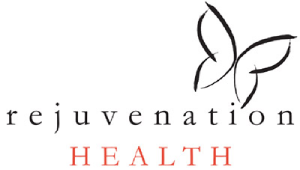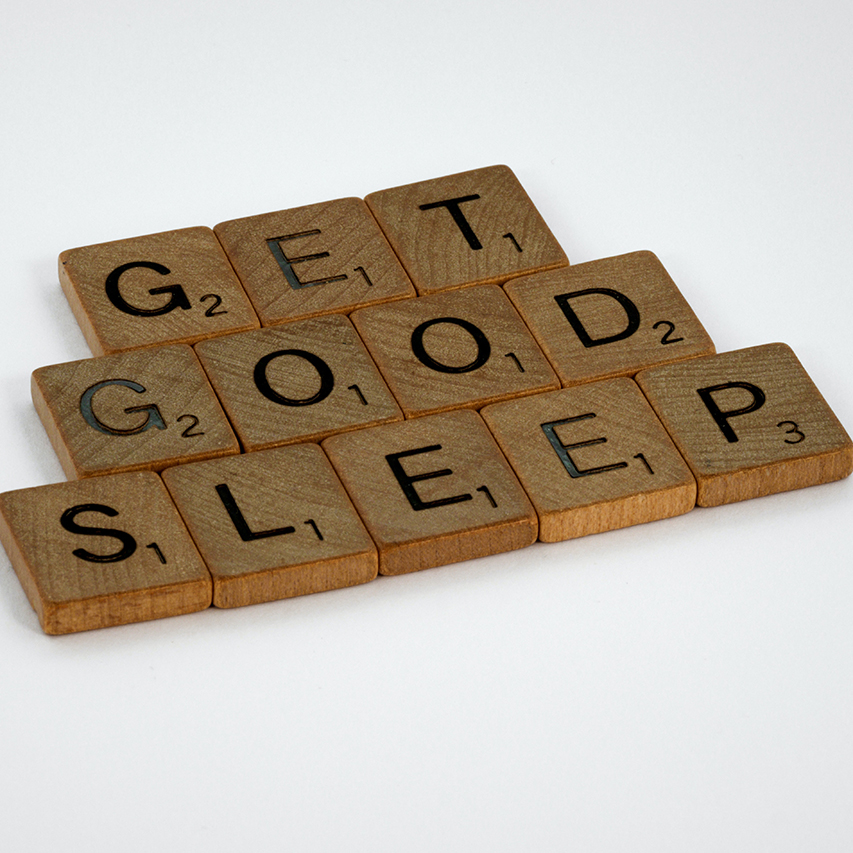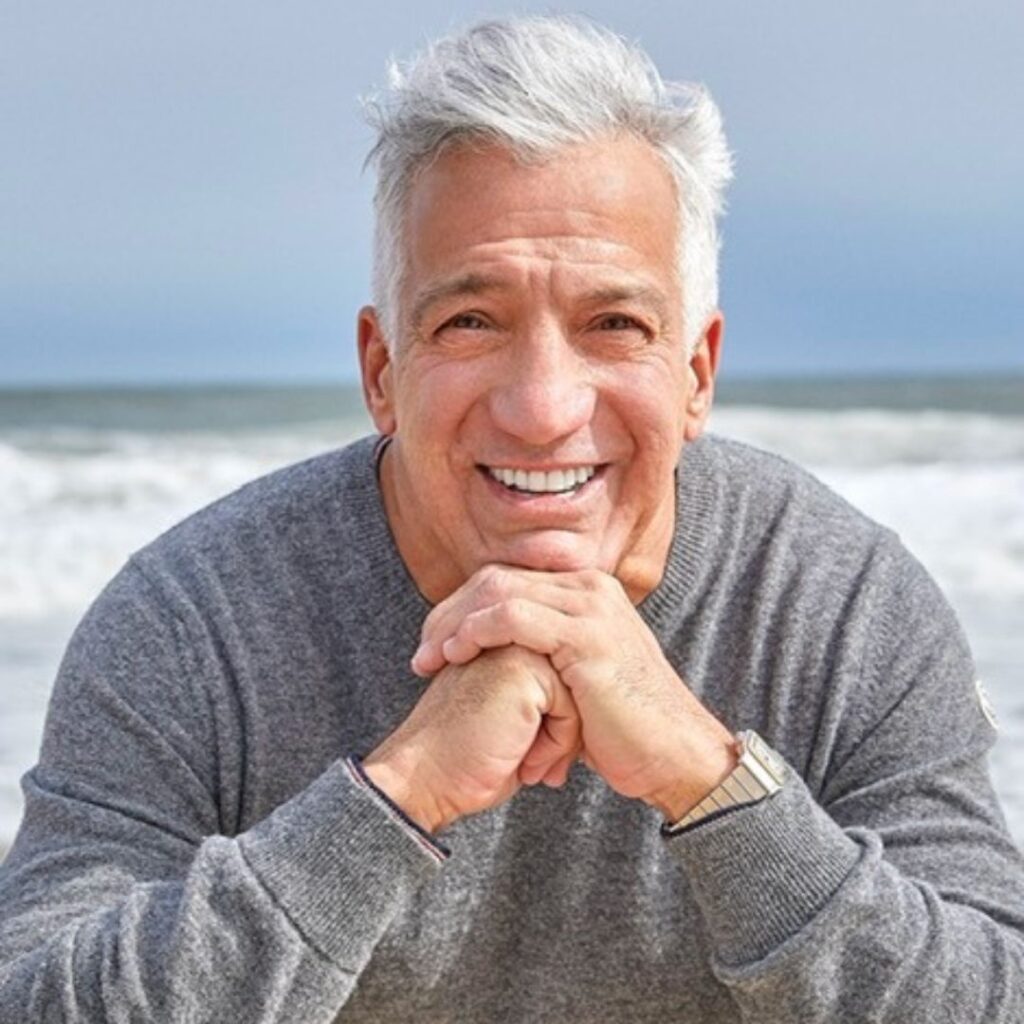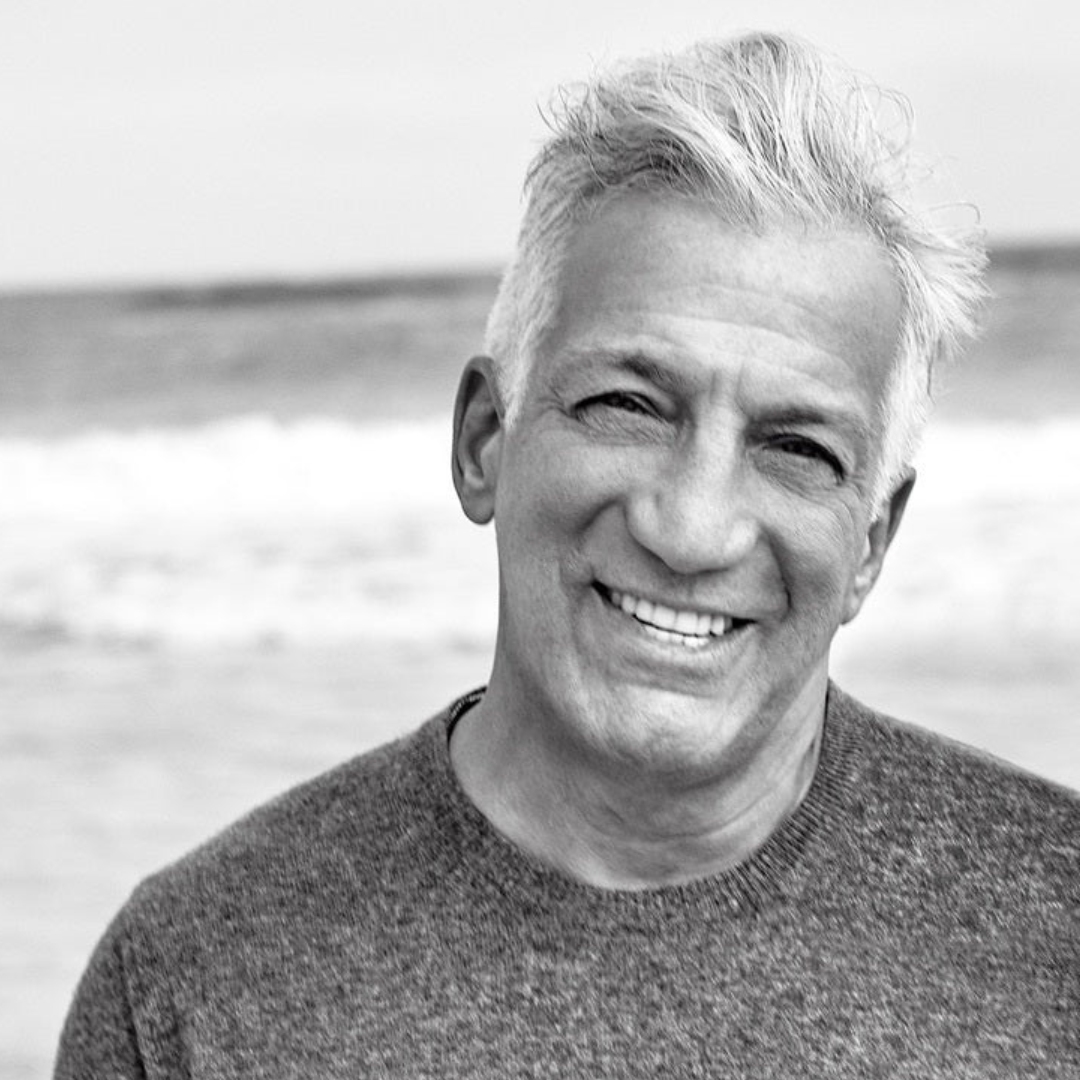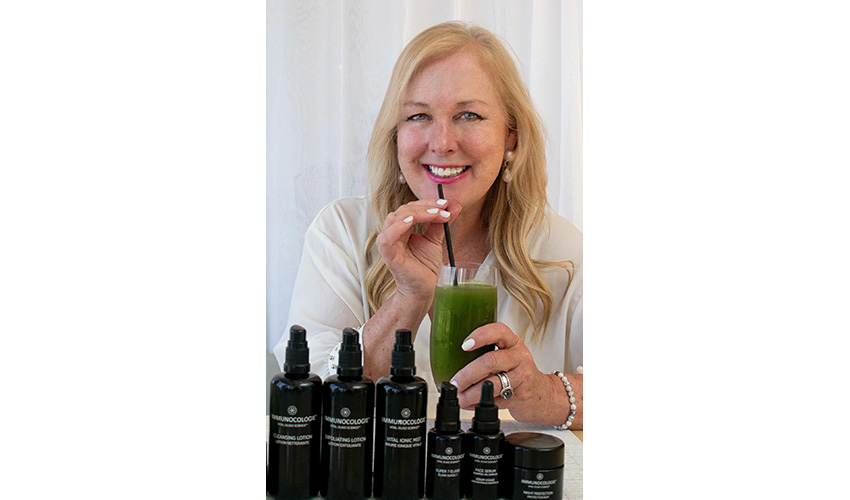Sleep apnea is a breathing disorder that leads to serious impacts on overall health if left untreated. Finding the right sleep apnea treatment is an important component of keeping yourself healthy.
What are the benefits of treating sleep apnea? The benefits of treating sleep apnea are improved sleep quality and a lower risk of several health conditions.
Those health problems and sleep disorder side effects include an irregular heart rate, high blood pressure, and a higher risk of heart disease, heart attack, and respiratory dysfunctions.
Sleep problems can also cause various mental health conditions like mood disorders and depression and create oral health concerns. Teeth grinding is of particular concern in pediatric sleep apnea cases.
You may not even be aware you have sleep apnea, and the symptoms causing sleep apnea can be more subtle at first. Fortunately, there is help out there, including sleep apnea treatments that can cure your sleep apnea for good.
DNA Oral Appliance
The most common type of sleep apnea is obstructive sleep apnea (OSA). This type of sleep disorder happens when the muscles of your throat relax enough that your tongue and other soft tissues block your airway while you’re asleep.
This blockage causes the loud snoring reported by your bed partner, dry mouth, daytime sleepiness, and the sudden choking or gasping for air most commonly associated with sleep apnea.
A DNA, or Daytime Nighttime Appliance, is a holistic, FDA-regulated dental solution that gets to the root cause of your sleep apnea.
Much like a retainer used to control shifting teeth, a DNA appliance reshapes the arches inside your mouth. It gives your tongue more room to allow consistent, natural airflow into the upper airway.
Other oral mouthpieces, such as a MAD (mandibular advancement device), are sometimes recommended as an alternative. We caution against these devices, as they place your jaw in an unnatural position. Some patients report jaw pain and stiffness as a result.
Lifestyle Changes
How do you treat sleep apnea without a machine? You treat sleep apnea without a machine by instead using oral appliances and lifestyle changes.
Obesity is the most common risk factor for sleep apnea, hypopnea, and the leading cause of sleep-disordered breathing.
Weight loss and exercise are then often the first recommended step for sleep apnea sufferers. Even light exercise and movement like yoga can improve oxygen flow and reduce sleep interruptions where you stop breathing throughout the night.
Try these additional lifestyle changes to reduce sleep apnea symptoms:
- Adjust your sleep position. Avoid sleeping on your back. This causes your tongue and other soft tissues to move to the back of the throat, blocking your airway. It’s the worst position for chronic snoring and mouth breathing, with or without sleep apnea.
- Try positional therapy. If it’s difficult for you to avoid sleeping on your back, consider positional therapy techniques. Wearing something bulky like a tennis ball or backpack between your shoulder blades can keep you from rolling onto your back.
- Use a humidifier. Dry air makes it harder to breathe even if you’re not suffering from sleep apnea. Return moisture to the air with a humidifier to open up your airways. Running a dehumidifier can also reduce allergens that cause congestion.
- Drink less alcohol. Drinking alcohol to excess can lead to loud snoring and nighttime hypoxemia, already a common side effect of sleep apnea. Hypoxemia means your blood oxygen levels fall below normal, and it can quickly become serious if left untreated.
- Quit smoking. Smoking cessation is always recommended as part of a comprehensive sleep apnea treatment plan. While it may not cause your symptoms, smoking exacerbates the worst side effects, including cardiovascular concerns.
- Consider your medications. Opioids are a leading cause of central sleep apnea, the more rare type of sleep apnea.
In cases of central sleep apnea, your brain fails to tell your breathing muscles to take in oxygen consistently. Pre-existing conditions are often to blame for central sleep apnea. Treatment plans often target those health conditions first to see if that improves your symptoms.
Medications
Chronic nasal congestion can cause mild sleep apnea. If this is the case for you, a nasal decongestant or allergy medication may be the best treatment option to reduce blockages in your airway.
Avoid sleep medicine in treating sleep apnea. You may think you’ll get a better night’s sleep, but you’re only masking the symptoms of the condition. Sleeping pills relax the tissues in the back of your throat, a cause of sleep apnea, and only worsen your symptoms.
We’ve already mentioned opioids as a leading cause of central sleep apnea. Prescription opioids, much like sleeping pills, mask sleep apnea symptoms. This prescription can be very dangerous and put you at risk for health complications down the line.
APAP or CPAP Therapy
What is the most effective treatment for sleep apnea? The most effective treatment for sleep apnea is a CPAP machine.
CPAP, or continuous positive airway pressure, and APAP, or automatic positive airway pressure, are the most common treatments prescribed for moderate to severe sleep apnea sufferers.
Both require a mask over your nose or face while you sleep, and both deliver airflow throughout the night to keep your airways open. A CPAP machine delivers air continuously. An APAP machine adjusts the air pressure based on your needs as you sleep.
These therapies have proven very effective in managing sleep apnea symptoms, but neither addresses the root cause of obstructive sleep apnea (OSA). Some patients also find them uncomfortable to wear, with some not wearing their masks consistently in the long term.
BIPAP Therapy
BiPAP, or bilevel positive airway pressure, is similar to a CPAP machine. It delivers continuous air pressure throughout the night to keep your airways open as you sleep.
The difference here is that a BiPAP machine has two different pressure settings: a standard inhalation level and a lower inhalation level.
Many patients with severe sleep apnea prefer BiPAP therapy because it allows less pressure on the inhale than a high, constant pressure on the inhale and exhalation. Then, wearing a mask is more comfortable for patients with severe sleep apnea.
Surgery
Your health care provider or sleep specialist may recommend surgery in cases where other treatment options have not improved your sleep apnea symptoms or if your condition worsens.
Sleep apnea surgery is rare. The type of surgery recommended by your doctor depends on the cause of your condition, including structural deficits. Your surgery may also come in stages, particularly if you’re dealing with several different causes and additional medical conditions.
Surgeries to treat sleep apnea include:
- Uvulopalatopharyngoplasty (UPPP or UP3): This is the most common sleep apnea surgery. The surgeon removes or repositions excess soft tissue in the palate and back of the throat. This can include the removal of enlarged tonsils or adenoids.
- Radiofrequency volumetric tissue reduction: In this procedure, a surgeon uses a heated instrument to shrink tissues in the soft palate, tonsils, and tongue. This reduces the volume of potential obstructions that worsen sleep apnea symptoms.
- Genioglossus advancement: This procedure creates more room for your tongue. A surgeon moves the bone and the muscle attachment for your tongue in the lower jaw forward. This operation opens up the airway behind your tongue.
- Midline glossectomy and lingualplasty: Both of these surgical options involve removing a part of the back of your tongue. These procedures are most effective in patients who know that an enlarged tongue is the cause of their sleep apnea.
- Maxillomandibular osteotomy (MMO) and advancement (MMA): This highly invasive skeletal surgery involves cutting the bones in your lower and/or upper jaw to move them forward. Healing takes several months and may include the realignment of your teeth.
- Palatal implants: Small rods placed in the soft palate prevent airway blockages and stiffen the palate over time. Long-term results are promising, and the procedure is less invasive than many other surgical methods.
- Nasal surgery: Septoplasties and turbinectomies that clear out nasal obstructions may lead to some benefit. Sleep apnea treatments like CPAP machines are often still used after these surgeries. For many, surgery allows them to tolerate those treatments better.
- Tracheostomy: This is the most drastic sleep apnea treatment and is only recommended in severe cases. A hollow breathing tube is inserted into your windpipe. The tube is plugged during the day and opened at night to allow for more regular airflow.
It’s important to note that complications are possible with any surgery. It’s also possible that follow-up surgeries are needed if sleep apnea symptoms remain.
Can I cure myself of sleep apnea?
You can cure yourself of sleep apnea with a DNA oral appliance. The device is adjustable by your provider and less invasive than many sleep apnea treatments. Some patients report the bonus of an improved smile with continued use of their DNA device.
If you’re not sure whether your symptoms are caused by sleep apnea, call your healthcare provider for an accurate diagnosis. Your provider may link you up with a sleep study or additional sleep study testing to determine the cause of your disordered sleep.
Better rest is vital to your overall health. At Rejuvenation Dentistry, we specialize in patients seeking long-term solutions for sleep apnea and disordered sleeping patterns.
Click here to make an appointment with us today and empower yourself to take control of your sleep and your health. Our offices are located in East Hampton and Manhattan.
